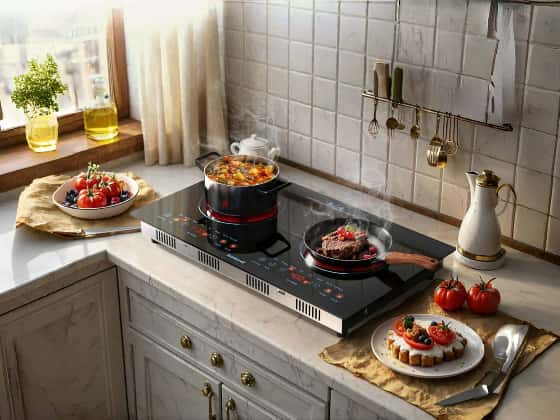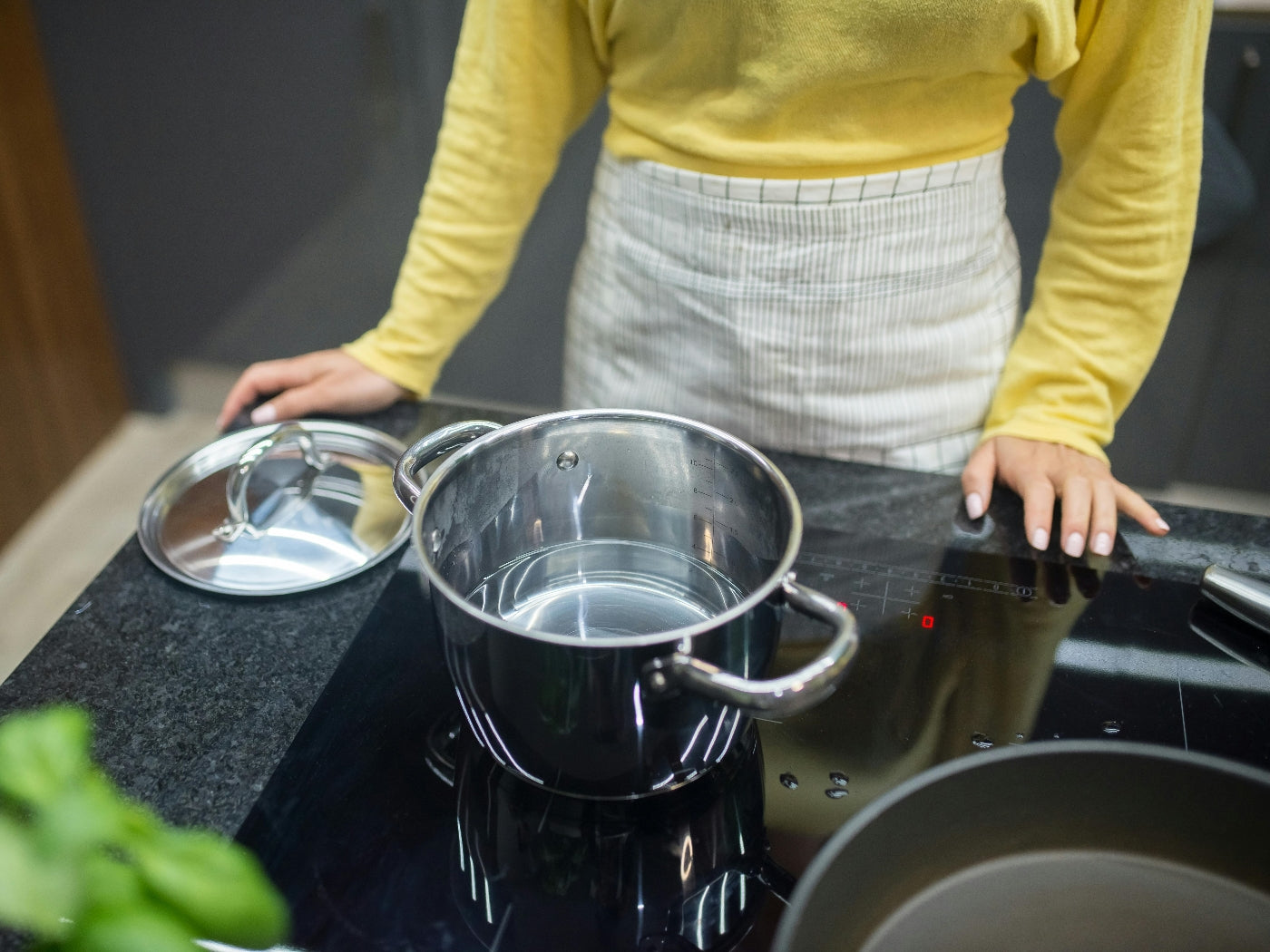
Installing an oven beneath a built-in electric cooktop is an excellent method to save room in your kitchen while still enjoying the convenience of having both appliances in one compact location. This ingenious design not only saves vital counter space, but also produces a sleek and modern appearance that improves the overall aesthetic appeal of your kitchen.Furthermore, placing the oven and stove in close proximity promotes a smooth cooking experience. You can easily transfer items from the cooktop to the oven and vice versa, reducing the need to travel around the kitchen excessively. This not only saves time, but also lowers the likelihood of spills or mishaps caused by transporting hot pots and pans over long distances.
Points to note during installation
Clearance and Ventilation Requirements: Proper clearance and ventilation are essential for the safe operation of both the oven and the cooktop. Consult the manufacturer's guidelines and local building codes to determine the minimum clearance distances required around the appliances. Adequate ventilation is also necessary to prevent overheating and ensure proper air circulation.
Electrical and Gas Connections: Depending on the type of oven you plan to install, you'll need to consider the electrical and gas connections. Electric ovens require a dedicated electrical circuit, while gas ovens necessitate a gas line connection. Ensure that your kitchen is properly equipped to accommodate the necessary connections and that they meet safety standards.
Weight and Support: Ovens can be heavy appliances, especially when loaded with food. It's crucial to ensure that the cabinet or structure underneath the cooktop is sturdy enough to support the weight of the oven. You may need to reinforce the cabinet or install additional support beams to prevent sagging or potential collapse.
Accessibility and Ease of Use: While maximizing space is desirable, it's essential to consider the accessibility and ease of use of the oven. Make sure that the oven's controls and door are easily accessible and that you can comfortably load and unload dishes without straining or bending excessively.
Common issues and troubleshooting tips
Overheating: If the oven or cooktop is overheating, it could be due to inadequate ventilation or clearance. Check the manufacturer's guidelines for proper ventilation requirements and ensure that there is sufficient airflow around the appliances. You may need to install additional ventilation or adjust the clearance distances.
Electrical or Gas Issues: If you're experiencing electrical or gas-related problems, such as flickering lights, tripped circuit breakers, or gas leaks, immediately turn off the appliances and contact a professional for assistance. These issues can be dangerous and should be addressed promptly.
Accessibility Challenges: If you find it difficult to access or operate the oven due to its positioning under the cooktop, consider adjusting the cabinet height or installing pull-out shelves or drawers to make it more accessible. Alternatively, you may need to explore alternative installation options that better suit your needs.
Conclusion
Installing an oven under a built-in electric cooktop is a brilliant solution for maximizing space and creating a seamless cooking experience in your kitchen. By carefully considering factors such as clearance, ventilation, and accessibility, and following proper safety precautions, you can enjoy the benefits of this space-saving design while ensuring a safe and efficient cooking environment.










